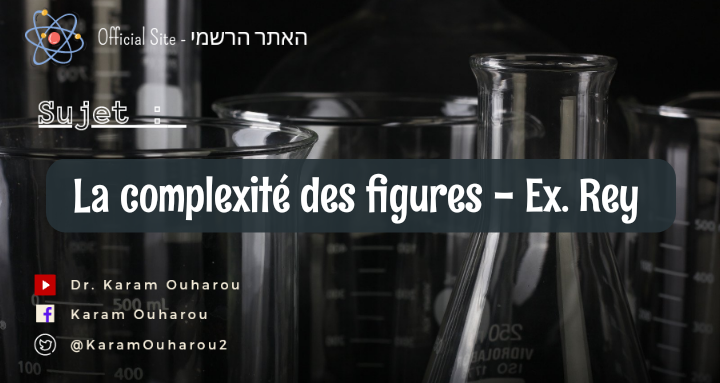Excitonic Topological Order in Imbalanced Electron-Hole Bilayers
Excitonic Topological Order in Imbalanced Electron-Hole Bilayers
Abstract:
Excitonic topological order, arising from the interplay of strong Coulomb interactions and the quantum confinement of charge carriers, has recently emerged as a fascinating avenue for exploring novel quantum phenomena. In this article, we delve into the concept of excitonic topological order in imbalanced electron-hole bilayers. We discuss the underlying principles, experimental observations, and potential applications of this intriguing quantum state.The field of condensed matter physics has witnessed remarkable progress in understanding topological states of matter, such as topological insulators and superconductors. These states are characterized by nontrivial bulk band topology, protected edge states, and exotic physical properties. More recently, excitonic topological order has garnered significant attention as a promising avenue for exploring topological phenomena in systems comprising imbalanced electron-hole bilayers.
Excitons, bound states of electrons and holes, are prominent quasiparticles in semiconductors and other materials with a large excitonic binding energy. In imbalanced electron-hole bilayers, created by stacking two different two-dimensional materials with opposite carrier types, strong Coulomb interactions between electrons and holes can lead to the formation of excitonic condensates. The interplay between these excitons and the quantum confinement of charge carriers gives rise to excitonic topological order.
The concept of excitonic topological order stems from the interplay between topology and strong electron-electron interactions. The quantum confinement in imbalanced electron-hole bilayers results in the formation of discrete electronic subbands, enabling the possibility of realizing topological states. The Coulomb interaction between electrons and holes can then induce a spontaneous coherence of excitonic pairs, leading to the formation of excitonic condensates and the emergence of topological order.
Experimental investigations of excitonic topological order in imbalanced electron-hole bilayers have gained momentum in recent years. Various materials systems, such as transition metal dichalcogenides (TMDs) and graphene/hexagonal boron nitride (hBN) heterostructures, have been employed to create imbalanced electron-hole bilayers. These systems provide a fertile ground for studying excitonic topological order due to their unique electronic and optical properties.
Optical spectroscopy techniques, such as photoluminescence (PL) and absorption spectroscopy, have been instrumental in probing the excitonic states and their topological properties. The observation of distinct spectral features, such as the existence of additional excitonic resonances and the modification of the exciton fine structure, indicates the presence of excitonic topological order. Moreover, the control of the excitonic order through external parameters, such as gate voltage or temperature, provides further evidence of the topological nature of the excitonic states.
Characterizing the topological properties of excitonic states in imbalanced electron-hole bilayers requires sophisticated transport measurements. By fabricating devices with appropriate electrode configurations, researchers have been able to probe the transport properties of excitonic condensates. The observation of quantized conductance and the existence of dissipationless edge modes are indicative of the topological protection of excitonic states.
The exploration of excitonic topological order holds great promise for both fundamental research and technological applications. The robustness of topological excitonic states against disorder and external perturbations makes them attractive for applications in quantum information processing, such as topological qubits and excitonic-based devices. Moreover, the control and manipulation of excitonic topological order may enable the development of novel optoelectronic devices with enhanced functionality and efficiency.
In conclusion, excitonic topological order in imbalanced electron-hole bilayers represents a captivating research direction at the intersection of topological physics and excitonic phenomena. Through a combination of theoretical frameworks and experimental investigations, scientists have begun unraveling the intriguing properties and potential applications of this quantum state. Continued research in this field will undoubtedly deepen our understanding of topological order and pave the way for exciting technological advancements in the future.

Comments